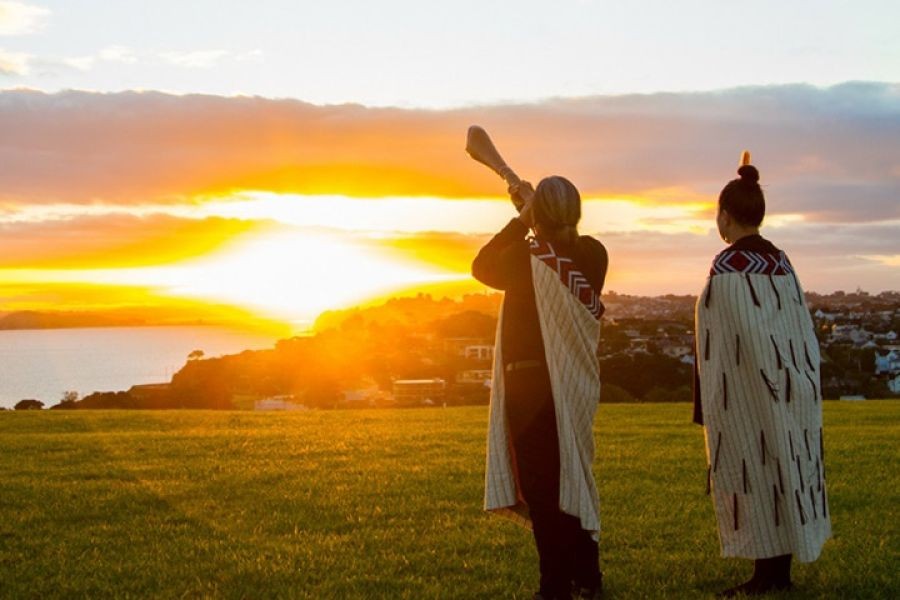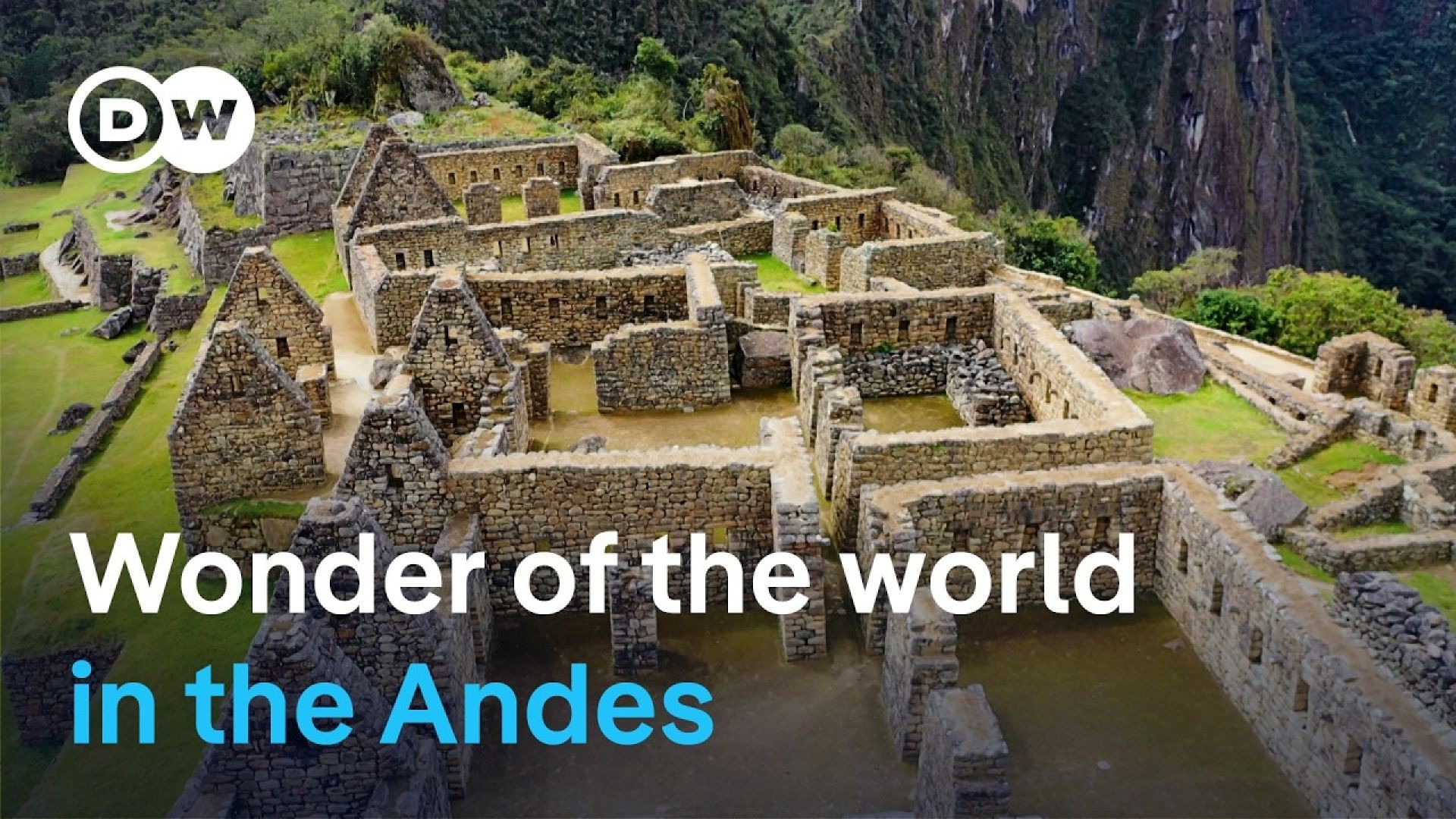New Zealand, with its stunning landscapes and rich cultural tapestry, offers more than just breathtaking vistas. It is home to the indigenous Maori, whose sacred sites are woven into the very fabric of the nation's identity. For management consultants and business leaders operating in New Zealand, understanding these cultural and historical contexts is not just a cultural enrichment but a strategic advantage in engaging with the local communities and businesses.
The Economic Significance of Maori Sites
Maori sacred sites, or Wāhi Tapu, are more than spiritual havens; they are pivotal in New Zealand's tourism industry, which, according to Stats NZ, contributes over 5.8% to the nation's GDP. Acknowledging these sites fosters cultural sensitivity, enhancing business relationships and potentially driving economic growth. As New Zealand's industries increasingly prioritize sustainability and cultural respect, integrating Maori heritage into business strategies can offer a competitive edge.
Case Study: Te Puia, Rotorua
Problem: Te Puia, located in Rotorua, faced challenges in balancing tourism with cultural preservation. Increased foot traffic threatened the integrity of its geothermal features and cultural exhibits.
Action: Partnering with local iwi, Te Puia implemented sustainable tourism practices, including visitor limits and cultural education programs.
Result: Visitor satisfaction increased by 35%, while ensuring the site's cultural and environmental sustainability.
Takeaway: Collaborative management with Maori communities can enhance cultural tourism experiences while preserving sacred sites. New Zealand businesses can leverage this model to foster community engagement and sustainability.
1. Waitangi Treaty Grounds
Located in the Bay of Islands, the Waitangi Treaty Grounds is where New Zealand's founding document, the Treaty of Waitangi, was signed in 1840. It is a symbol of the partnership between Maori and the Crown. For businesses, understanding the historical significance of the Treaty is crucial, as it influences current legal and business frameworks. The Waitangi Tribunal, established under the Treaty, addresses grievances which can affect land use policies, impacting industries like real estate and agriculture.
Industry Insight: Treaty Influence on Business
The Treaty of Waitangi affects business operations, particularly in sectors reliant on land and resources. The Maori economy, valued at over $50 billion, offers immense opportunities for growth. By respecting Treaty principles, businesses can forge partnerships with Maori enterprises, creating value and fostering economic development.
2. Cape Reinga
Cape Reinga, at the northern tip of New Zealand, is a place of spiritual significance where Maori believe spirits depart for their ancestral homeland. This site is a reminder of the deep spiritual connection the Maori have with the land. For businesses, this underscores the importance of environmental stewardship and indigenous engagement in corporate social responsibility (CSR) strategies.
Sustainability Practices from Cape Reinga
Protected as part of Te Paki Recreation Reserve, Cape Reinga showcases how traditional beliefs can guide modern conservation. Businesses can learn from this integration of cultural values in sustainability initiatives, enhancing brand reputation and community trust.
3. Tongariro National Park
As New Zealand's first national park and a UNESCO World Heritage Site, Tongariro National Park is both a geological wonder and a cultural treasure. The park's three sacred peaks—Tongariro, Ngauruhoe, and Ruapehu—hold immense cultural significance. For industries like tourism and recreation, respecting these cultural landscapes is vital for maintaining local support and ensuring long-term viability.
Pros vs. Cons of Cultural Tourism
- Pros: Cultural tourism can drive economic growth, enhance visitor experiences, and promote cultural preservation.
- Cons: Without careful management, it risks commodifying culture and degrading sacred sites.
Balancing these factors is crucial for sustainable tourism development.
4. Whakaari/White Island
Whakaari, an active volcanic island, is a site of both awe and tragedy, following the 2019 eruption. It highlights the intersection of natural risk and cultural heritage. For businesses, particularly in tourism and insurance, understanding risk management in culturally significant areas is imperative.
Risk Management Lessons
The Whakaari incident underscores the importance of rigorous safety protocols and transparent communication. Businesses must prioritize risk assessments and emergency preparedness, especially in culturally sensitive and high-risk environments.
5. Te Kooti's Pā, Te Urewera
Te Urewera, a region rich in Maori history, was the site of Te Kooti's resistance during the New Zealand Wars. Today, it represents resilience and autonomy, with Te Urewera Act 2014 granting legal personhood to the region. This innovative legal framework offers lessons in recognizing natural entities as stakeholders, influencing environmental policies and corporate governance.
Innovative Governance Models
Te Urewera's governance model exemplifies how integrating indigenous perspectives can lead to innovative legal frameworks. Businesses can adopt similar models to enhance stakeholder engagement and environmental stewardship.
Common Myths & Mistakes
Myth: Maori culture is static and unchanging.
Reality: Maori culture is dynamic, continually evolving while maintaining its core values. Businesses must stay informed about contemporary Maori issues to engage meaningfully.
Myth: Sacred sites are solely spiritual.
Reality: They hold economic, historical, and environmental significance, influencing policy and business practices.
Future Trends & Predictions
As global interest in indigenous cultures grows, Maori sites will become central to New Zealand's tourism strategy. By 2030, we anticipate a 40% increase in cultural tourism, driven by international demand and local initiatives. Businesses must align with this trend, ensuring cultural sensitivity and sustainability.
Conclusion
Understanding and respecting Maori sacred sites is not just a cultural obligation but a strategic business advantage in New Zealand. By integrating Maori perspectives into business practices, companies can enhance sustainability, foster community relations, and drive economic growth. What’s your next step in embracing this cultural journey? Share your thoughts and strategies in the comments below!
People Also Ask (FAQ)
- How do Maori sites impact New Zealand's economy? Maori sites boost tourism, contributing over 5.8% to GDP, and influence business practices, enhancing community relations.
- What are common misconceptions about Maori culture? A key myth is that Maori culture is static, whereas it is dynamic and evolving, impacting business engagement.
- How can businesses engage with Maori communities? By respecting Maori values, integrating cultural knowledge, and forming partnerships with Maori enterprises, businesses can drive growth and sustainability.
Related Search Queries
- Maori sacred sites in New Zealand
- Impact of Maori culture on business
- Sustainable tourism in New Zealand
- Maori economy and business partnerships
- Legal frameworks for Maori sites






























